INDIGENOUS AMERICAN WOMEN
AND REVOLUTION
AFRO-INDIGENOUS, INDO-CARIBBEAN AND
INDIGENOUS AMERICAN WOMEN ARE TIMELESSLY IMPORTANT.


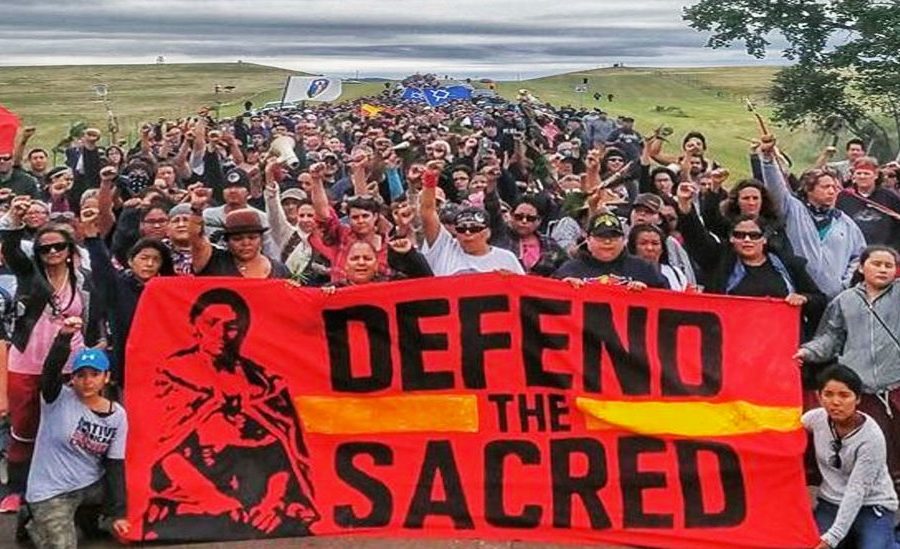
Today we are facing the greatest emergency in the history of the world. The biological foundations of life itself are under attack. We are not only facing a potential death toll in the billions in terms of human life. We may well be facing the greatest wave of extinctions for all life since the Permian extinction 250 million years ago.
Things were not going well before 2016. However, in 2016 white Christian patriarchs helped to elected a lunatic as President of the United States.
Today, the policies of Donald Trump are nothing short of an all out war on life on this planet. Disastrous environmental policies are being combined with criminal social policies. In 2017 the Republican Congress failed by only one vote in a campaign to strip low income people of (already inadequate) health insurance. Meanwhile, Trump and his evangelical backers are attacking the lives of the poor from many different directions.
You cannot ignore the role of religion in all this. While it is certainly true that not all evangelical Christians support Trump, the fact remains that 80% of white Christian evangelicals remain Trump's core base of support. These people are defending a patriarchal agenda that is a direct attack on women's lives. Indeed, they even want to control the sexual behavior of American women.
In the forefront of the struggle for the survival of the planet are indigenous women here in America and around the world. For them this is far more than an ideological struggle. They are on the receiving end of criminal environmental and social policies at home and around the world, and every year thousands of them die as a result of these policies.
This article looks back on the role of revolutionary women in the past. Today, all life is in danger. We can learn from the past as we proceed towards a grim battle for the future.

Cecile Fatiman led a vodun ritual that kick-started the Haitian Revolution.
Her spiritual power conquered imperialism.
What made the Caribbean uprisings since colonialism so successful? Strong female fighters led them.
The Americas' resistance is strengthened by women. Racist white Chrisitan patriarchy tried to fight this.
Indigenous American women are herbalist-priestesses, educators in ancient traditions,
nature worshippers and war strategists.
These are historic details of Kali's warrior sisters.
BARBADOS
Nanny Grigg was one of three ringleader in the first Barbadian rebellion in 124 years, and the largest one on the island. 400 Africans changed the course of history.
Bussa's Rebellion rocked the Caribbean so profoundly that two more mass uprisings took place elsewhere: Demerara (Guyana) with 1,200 and Jamaica's 500-person revolt in 1832 (African Resistance, NYPL.
Records are sparse from 1816, but we know that Akan, Fon, Igbo, and Kongo tribes reached Barbados via the Trans-Atlantic slave trade. Revolutionary leaders were resisting in those regions too.
Igbo lineage is likely for Bussa and Nanny Grigg.
The ratio of white owners 15,000 to 50,000 enslaved Africans guaranteed revolution.
The Imperial Registry Bill did not bring official emancipation.
Nanny said "the only way to obtain freedom was to fight for it.” (The Abolition Project). Unfortunately they didn't succeed on April 14, 1816.
Her imprint is tracked across the West Indies, and Black women like her made sure that other women could stand their ground (Natural Rebels: A Social History of Enslaved Black Women in Barbados, pg. 172).
Demerara and Jamaica's maroons echoed her message.
BERMUDA
Mary Prince (1788-unknown) penned the first West Indian account of slavery, and fought fiercely for abolition in the 1800's. She married a free black man named Daniel James, and learned how to read and write (Bermuda Biographies).
Her owners would not let her rest even when relocating to London. Mary made her way to the Anti-Slavery Society and lived with the Pringles: namely Thomas Pringle.
The History of Mary Prince was so controversial that public altercations broke out between Mary, Thomas and anti-abolitionists.
But the case still made headway in the House of Commons (Mary Prince.org)
Slaveholding ended for the United Kingdom officially two years later in 1833, and perhaps Mary revisited Antigua after that. Scholars think she lived out her days in England.
The full narrative is available via the University of North Carolina-Chapel Hill here, as part of the Documenting the American South project.
"This is slavery. I tell it, to let English people know the truth...till all
the poor blacks be given free, and slavery done up for evermore." She is a
National Hero of Bermuda now (Royal
Gazette).
These words ring like a bell of prophecy from the induction ceremony: "She
is a woman who stood up for principle.
She is a woman who stepped out of her comfort zone, and she is a woman who
felt we have to become the change that we want."
BRAZIL
Dandara of Palmares had a legend all her own, separate from the acclaimed Zumbi. He was a Kongo noble destined for great deeds.
She likely came from West African royalty herself. Mystery surrounds Dandara.
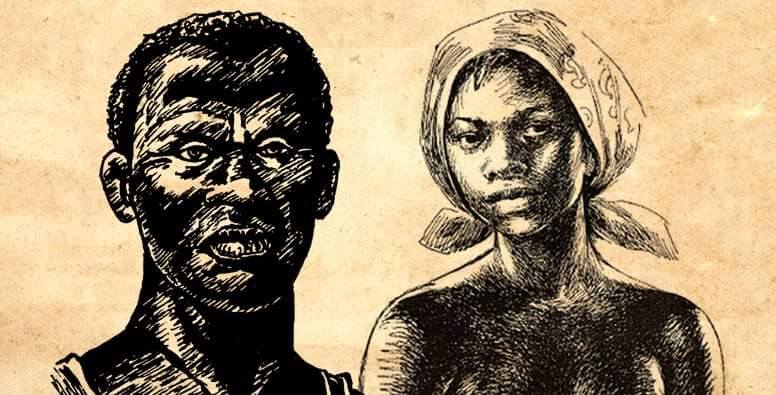
We do know she was a skilled agriculturist, hunter and martial artist who mastered capoeira before fleeing slavery.
Dandara co-operated Palmares, a famous slave refuge in the Alagoas jungle with Zumbi.
He would be the quilombo's last king.
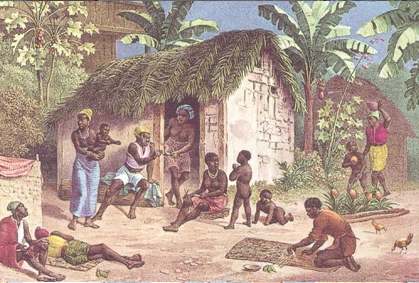
The warrior couple infiltrated nearby fazendas (farms) together and freed hundreds.
Several settlements combined to Portugal's size in the blackest Brazilian state of Bahia.
Palmares was founded in 1600. 30,000 lived there at its height.
Dandara and Zumbi ensured everyone had the tools for defense and survival.
She started a poly-culture with crops like cassava, corn, and sugarcane (info).
Villagers knew the basics of irrigation, how to catch and weave. When the Dutch came in 1630, Palmares was prepared.
Many invasion attempts took place. Dandara led the woman's forces into combat through every one.
When Portuguese assault sacked Palmares' central settlement in 1694, Dandara chose out rather than to re-enter captivity.
November 20 is National Day of Black Consciousness for Brazil: a day Dandara lasts in memory.
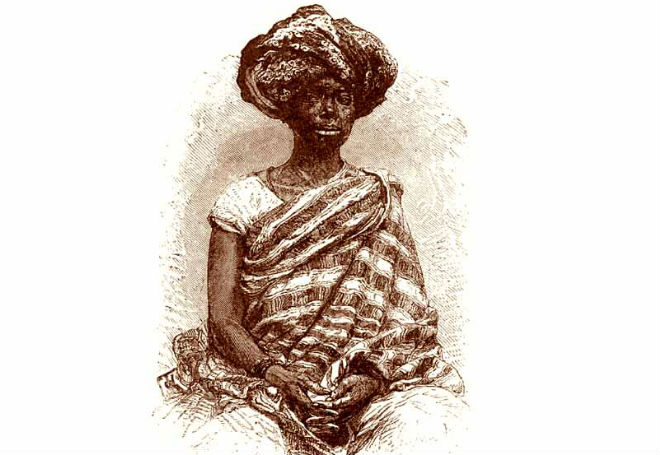
Luiza Mahin in the Revoltes dos Males and Sabina rebellions.
Today, indigenous women in Brazil still battle colonial racism and environmental degradation.
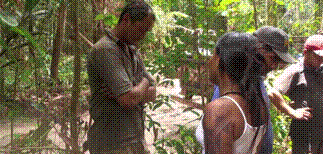

Indigenous Tembe woman protesting drillers in their Amazon village.
CUBA
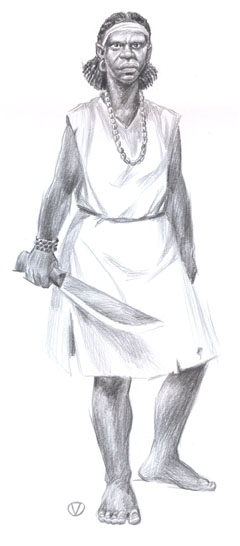
Carlota was a Yoruba-Lucumí freedom fighter responsible for the 1843 Matanzas slave rebellion.
Revolution drums played during the summer nights, to coordinate attacks against her brutal racist owners (The Female Soldier).
She taught Fermina, Filomena and Juliana too, raising them up for resistance (Diario Granma).
November 5th, Carlota charged into Acana and Triumvirato Sugar Mill with a machete ready.
Repression sealed her fate a year later (Afro Cuba), though she targeted five plantations in that time.
Operation Carlota in 1980's Cuba paid tribute to her anti-imperialist insurrection.
Carlota remains a fierce woman of the Caribbean's Maafa (uprising).
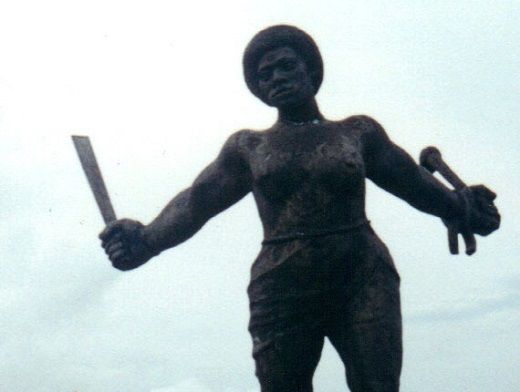
DOMINICAN REPUBLIC
Maria Olofa and Gonzalo Mandinga led Latin America's first anti-colonial rebellion.
They were the earliest known cimarrones from West Africa (Guinea and Senegal).
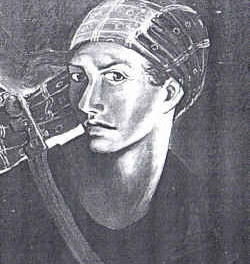
Juana Saltitopa ("La Coronela") aided crucially in Dominican independence. She
had a prominent part in the 1844 Batalle de Marcos 30.
Ana Maria headed the final uprising of that era. She was maroon queen to over 200. Together, their government was well-fortified enough for protection from Spain.
The younger generation feels a duty to intervene in natural destruction and continual war on the planet.
Nasha Holguin spent nearly half a year at the Standing Rock Camp, learning from prophetic leaders and wise women.
"My spirit just drove me there. It’s almost like I didn’t have a choice.
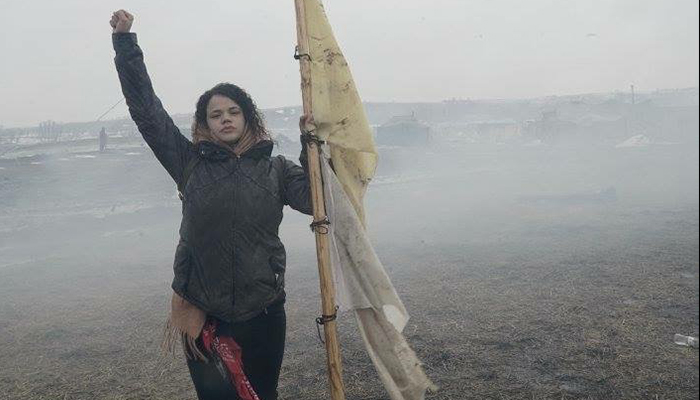
This fight, whether for our lives or for our land, which are interconnected, by the way, has been ongoing since the start of colonization.
Defense can also look like healing...I assisted in the kitchens.
These were very vital community spaces, led by women elders and matriarchs, who understood the importance of feeding the people."
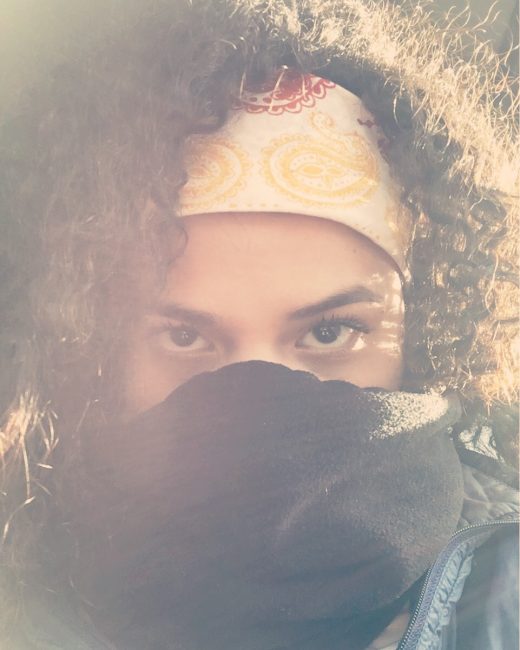
"As Latinxs, we’ve all been colonized, and we’ve been subjected to imperialist forces that continue to exploit us throughout all of Latin America.
A lot of the indigenous people in our countries continue to fight these battles.
The earth is alive, and she’s an indigenous woman.
Everything that capitalism does to the land is simultaneously done to native women.
The fire is still burning within us all." (Latina)
ECUADOR
Dolores Cacuango organized fellow hacienda workers in 1944's May Revolution to end the cruel huasicama labor system.
She even founded Ecuadorian Federation of Indians and bilingual schools for indigenous youth.
Nina Gualinga is a Kichwa tribal member living along the Sarayaku River.
She beat down oil giants at 22, with nature's power, media and her Amazonian community's help.
Her aunt Patricia's also on the front lines for climate justice.
"Women’s role in the defense of our territory has been fundamental.
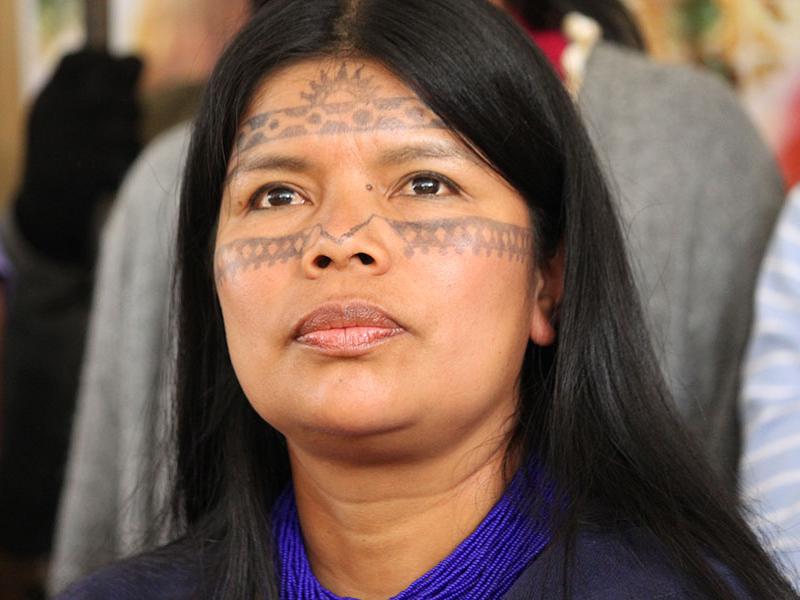
They came up with the idea that we should fight to protect our land from
oil exploration altogether." (Grist)
Nina and Kichwa women mobilized to save Mother Earth. Their lawsuit created a landmark for indigenous rights worldwide.
The Inter-American Court of Human Rights passed a law which permanently bans Big Oil from Kichwa land.
GRENADA
GUADELOUPE
Solitude was a multiracial Caribbean woman with Mande roots (modern-day Liberia).
Her childhood is lost to time, but she became legend in 1798 after assembling La Goyave survivors.
Solitude took the frontlines in
indigenous Guadeloupe's fight
against French militarization—three months pregnant by then.
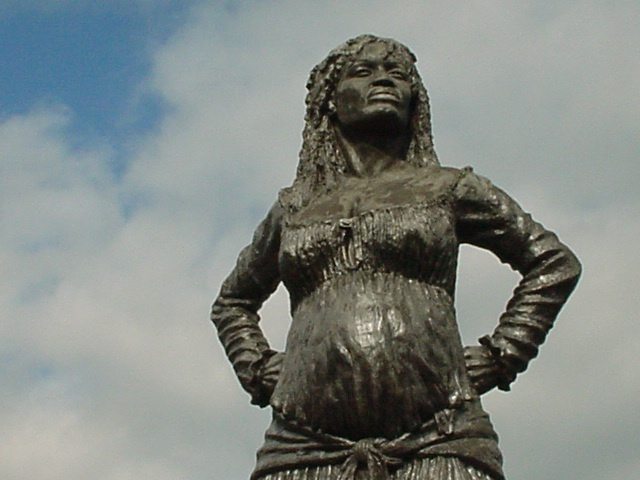
Solitude and officers of color prevented Lacrosse, Napoleon's Captain-General, from being reinstated.
Unfortunately, the young woman paid a fatal price at the gallows.
She is honored for her revolutionary role in Les Abymes and throughout Caribbean education.
HAITI
Anacoana, the "Golden Flower" Taina queen, was Columbus' worst nightmare. She did x, x, and x.
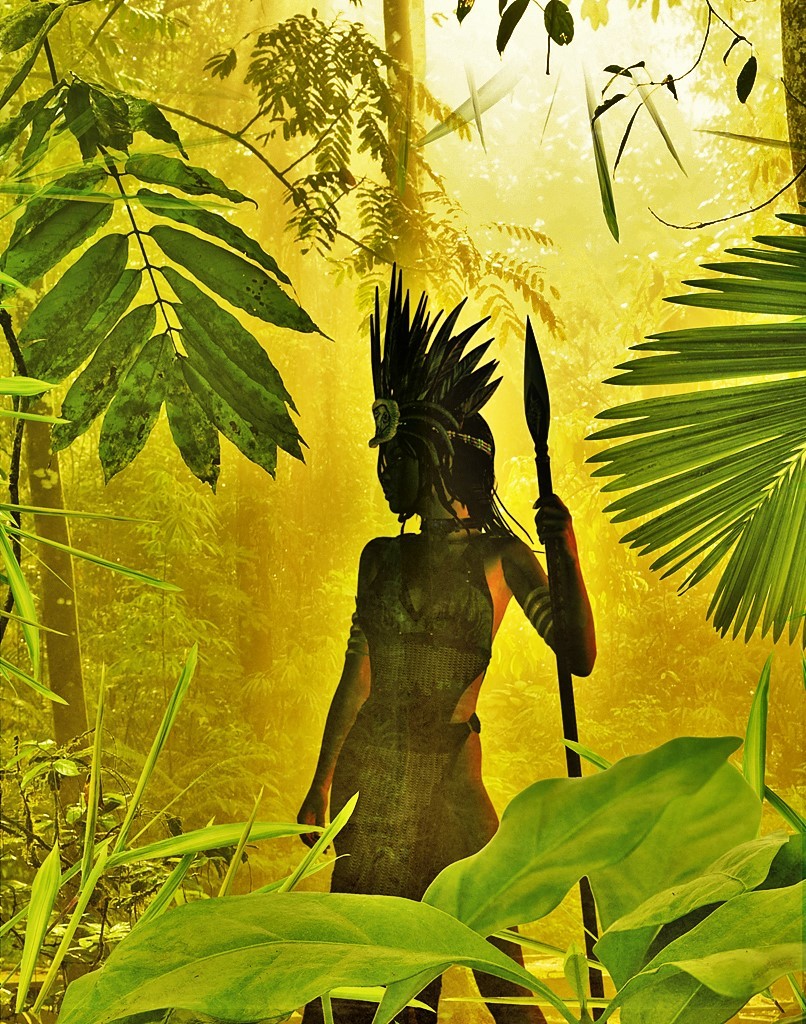
She ruled vast areas of Ayiti in 1492.
The cacica commanded two kingdoms: Xaragua and Yaguana (Léogane) after her brother Bohechio's death. Anacoana additionally had 300 lesser caciques and a sizable army.
The beautiful cacica was killed while fighting the Spaniards.
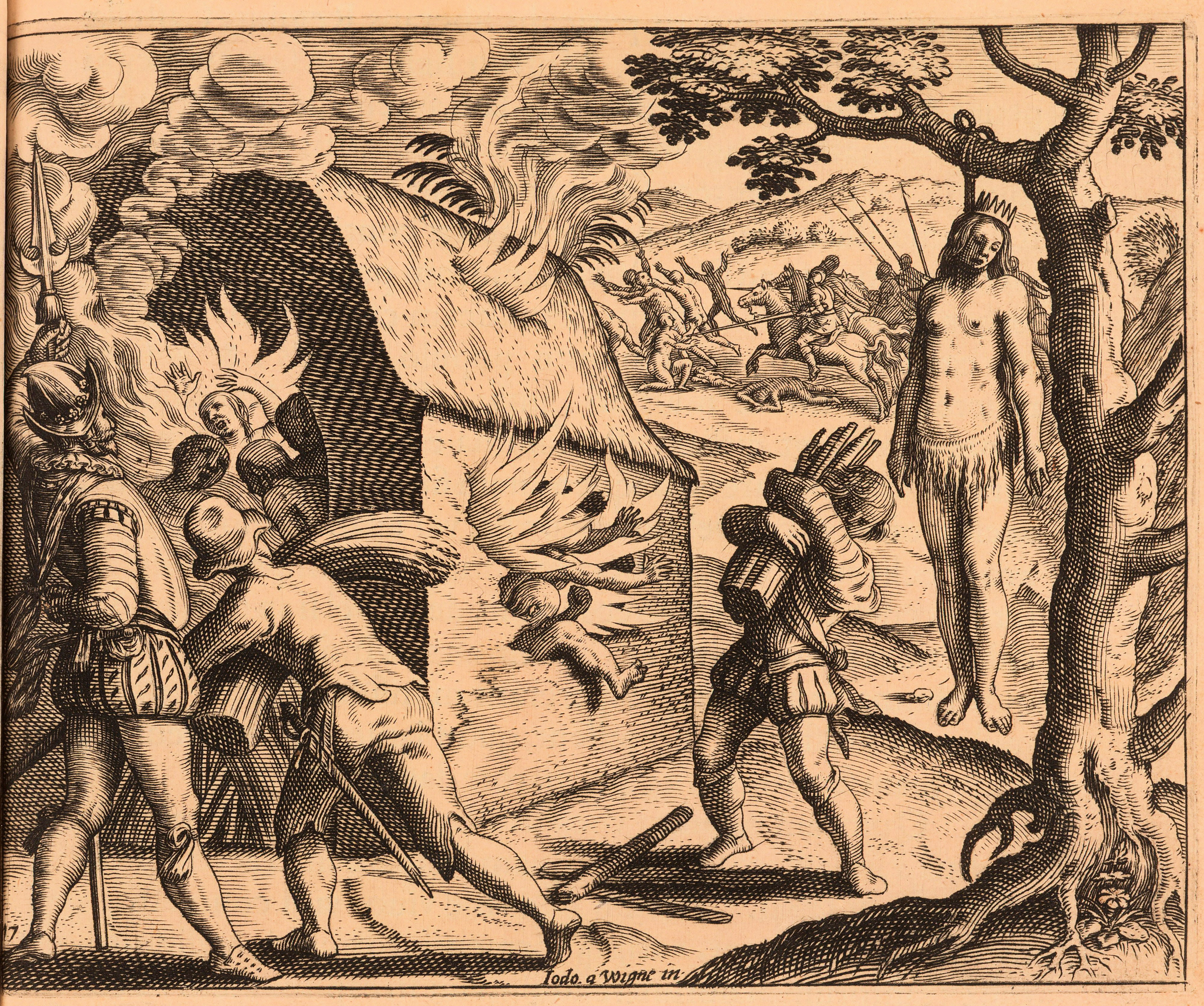
Massacre of the queen Anacoana and her subjects, Joos van Winghe
ca. 16th century.
Her relentless opposition launched the anti-imperialist struggle for freedom. Spain's colonization never erased Borinken's past.
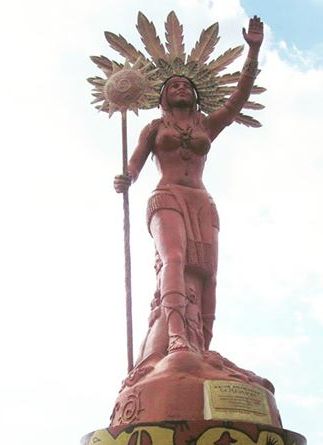
Statue of Anacoana in Léogane
Sanité Bélair served as Toussaint L'Ouverture's lieutenant-at 21. She was a free Haitian woman.
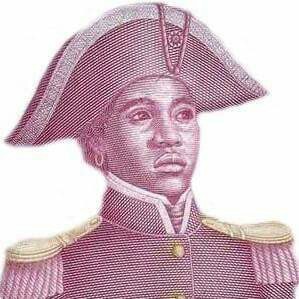
Together with her husband, Sanite led nearly all of L'Artibonite against French occupation (Kentake). She paid a brutal price but marched to her destiny with the words, "iv Libète anba esklavaj".
That's Kreyol for 'Liberty, no to slavery' (The Black Jacobins, C.L.R. James; The Online University of the Left).
Marie-Jeanne Lamartiniere,
Cecile Fatiman had been born from a French sailor's rape of an enslaved African woman.
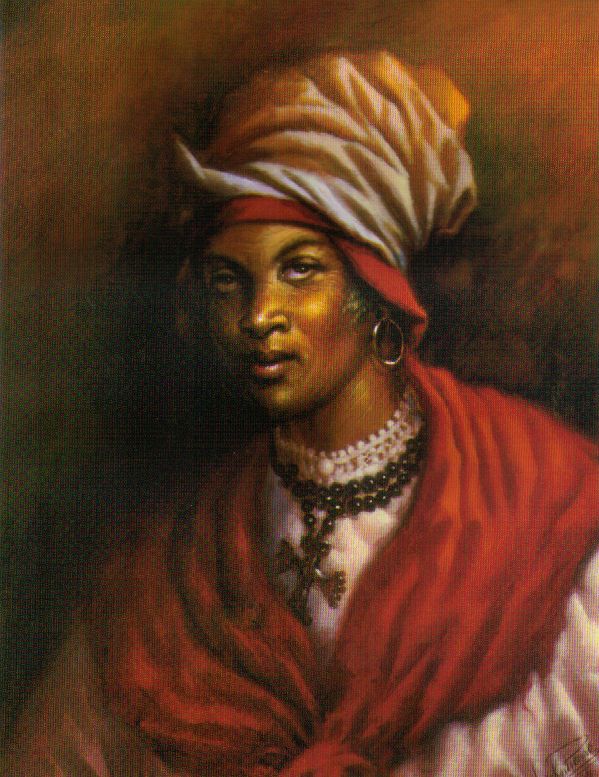
Cecile Fatima was a mambo, Caribbean vodun priestess who covened with supernatural power.
She commanded the Bois Caiman war council, Haiti's revolutionary starting point. The iwa Ezilie Danto allegedly possessed Fatiman.
HONDURAS
Berta Caceres, Miriam Miranda and Melissa Cardoza are from the Afro-Indigenous Garifuna communities of coastal Honduras.
Their nature is sacred, but constantly under threat of capitalist extraction.
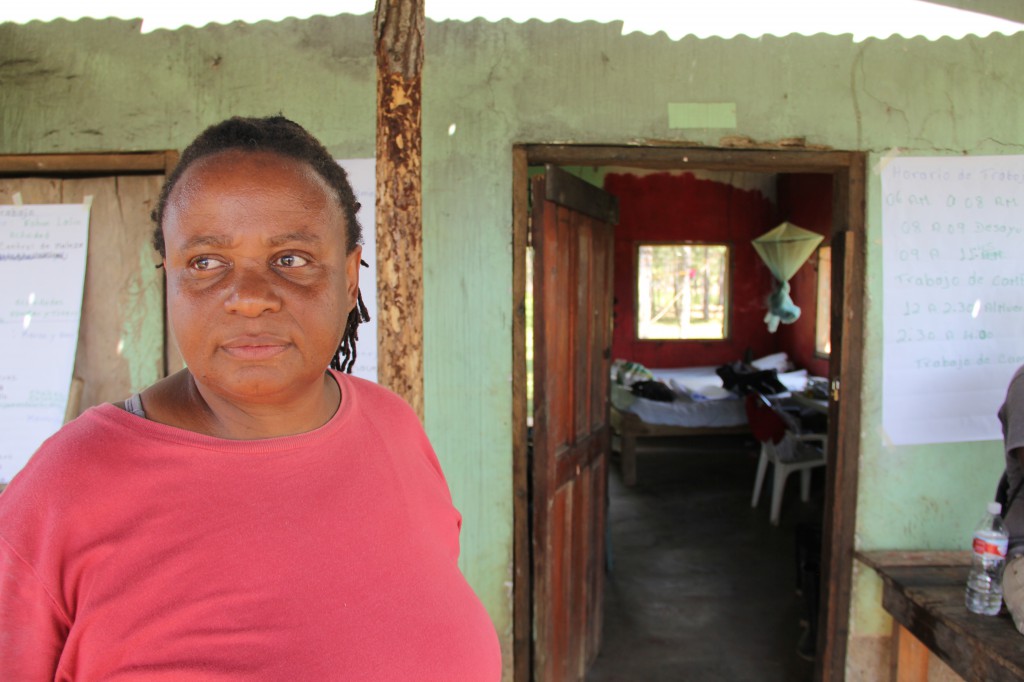
Miriam is an incredibly courageous human rights defender.
She hasn't backed down from mega-dams, mega-tourism or any of the resource industries in Honduras.
Berta Caceres was killed by domestic terrorism, but she persists for her fellow environmentalist.
Gunpoint encounters have not deterred her work at OFRANEH, a grassroots organization for Garinagu people (x).

Miranda and Caceres
"We’re at the front not only with our bodies but also with our force, our ideas, our proposals." (Grist)
Berta was killed in 2015 after the 2009 U.S.-backed Honduran coup.
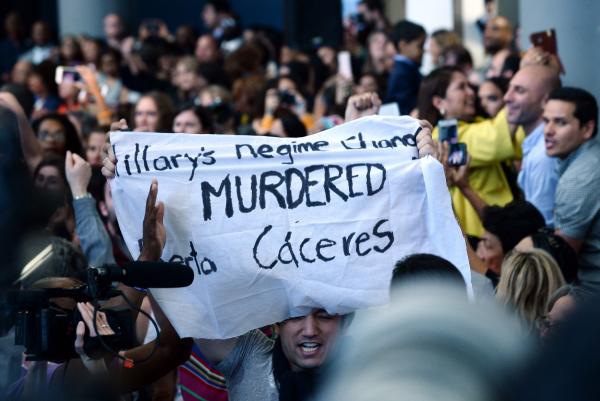
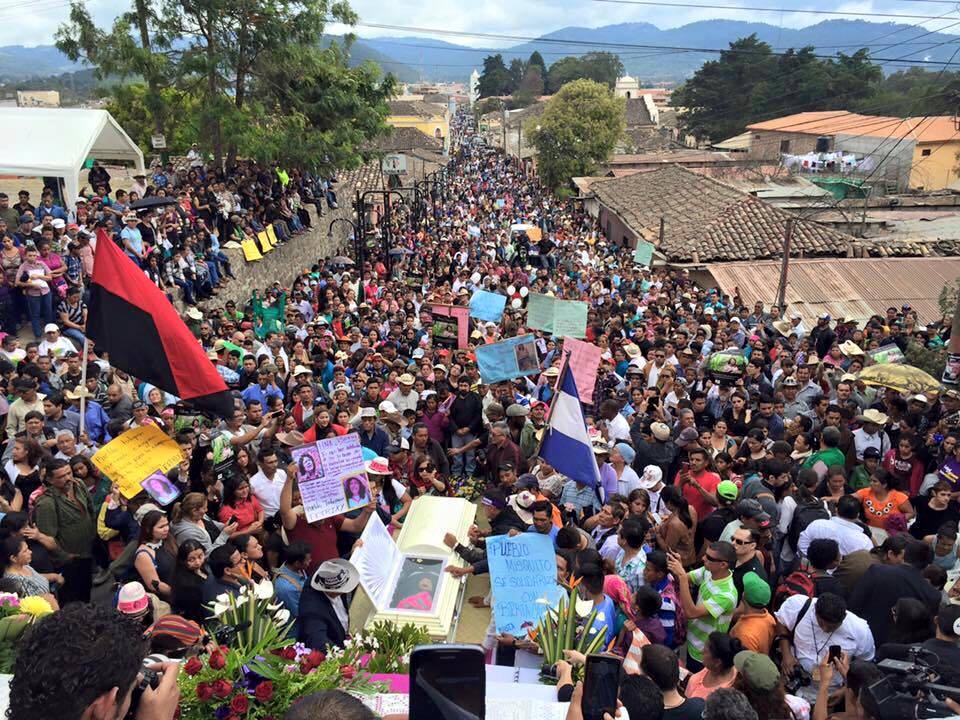
Caceres' funeral in La Esperanza, Honduras. 10,000 or more attended.
Her memory lives on through resistance and environmental protection. She has not been forgotten.
"We also have the historical responsibility to show that we have the right to build a better world.
And we can´t run away from that responsibility." (AWID)
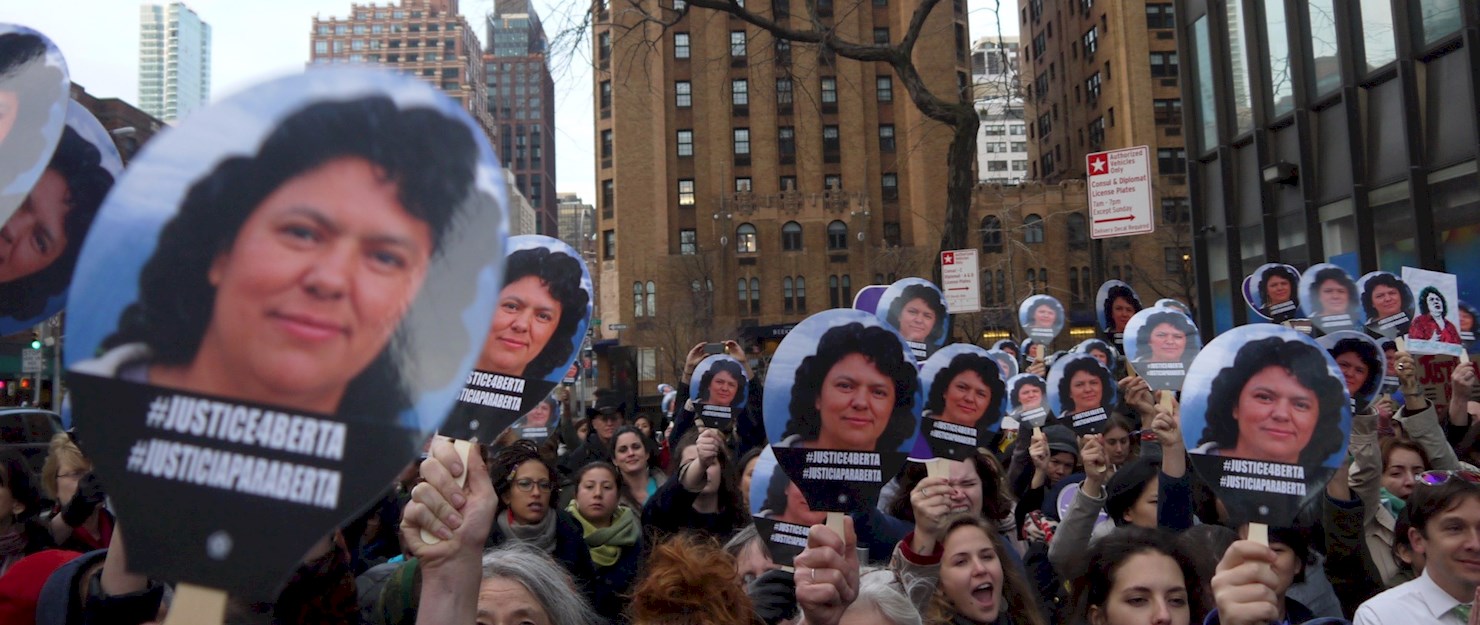
"We have the right to live...in peace, with harmony, with all the conditions necessary as human beings. This is Berta´s call."
JAMAICA
Coobah escaped 13 times in two years (Caribbean Atlas).
Eventually, her heckling led to transport elsewhere and Coobah's freedom (Igbo in the Atlantic World).
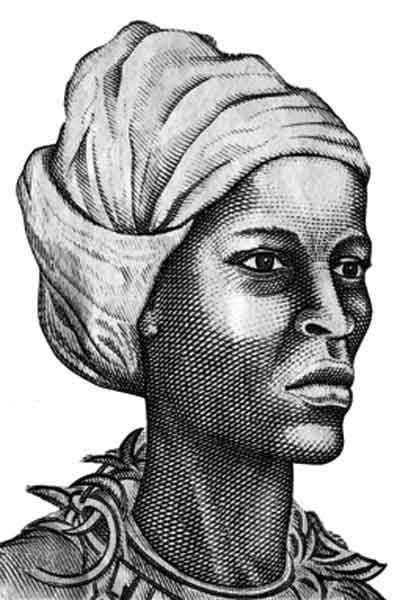
Nanny of the Windward Maroons was born in 1686, as an Ashanti in Ghana.
The Ashanti Akan-speaking people have a matriarchal past.
She arrived to a Jamaican sugarcane plantation, ready to break free. Nanny soon decided liberation was hers.
Nanny left British enslavement, then trained herself well in guerilla warfare and melee fighting. She defeated British raiding parties with ease.
One of her brothers helped to build a town on Jamaica's Windward side: Nanny Town.
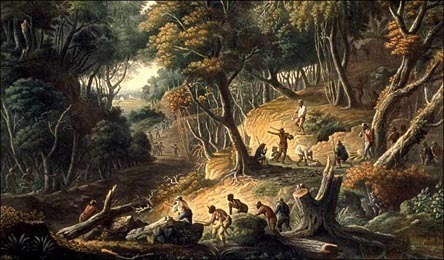
The Maroons in Ambush on the Dromilly Estate in the parish of
Trelawney, Jamaica. F.J. Bourgoin, 1796.
The Maroons and Nanny created a coalition of runaway Africans who disrupted colonial rule across the Americas (Black Past).
Queen Nanny ruled in spirit and victory. She was not only a strong warrior but an Obeah priestess, which is a West African-derived folk magic.
In 1733, she died by English assassination. Nanny liberated 800 slaves in her lifetime.
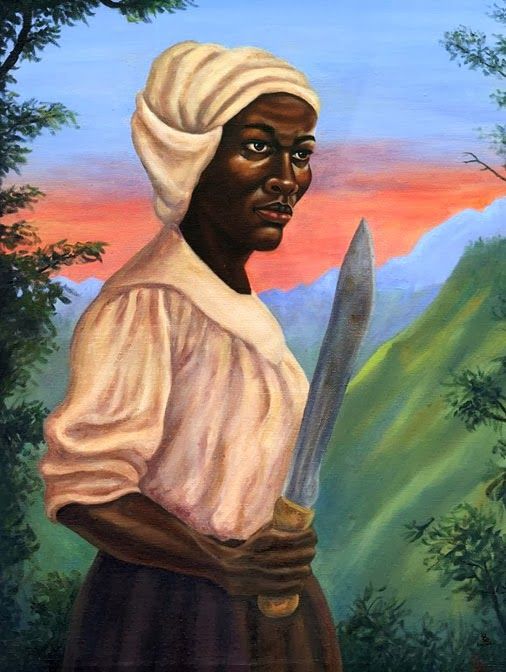
And her undying fire blazed a trail for the resistance.
Una Marson was a pan-African, proud Caribbean journalist, playwright and poet.
She professionally celebrated Black heritage at a time white opinion shaped many careers.
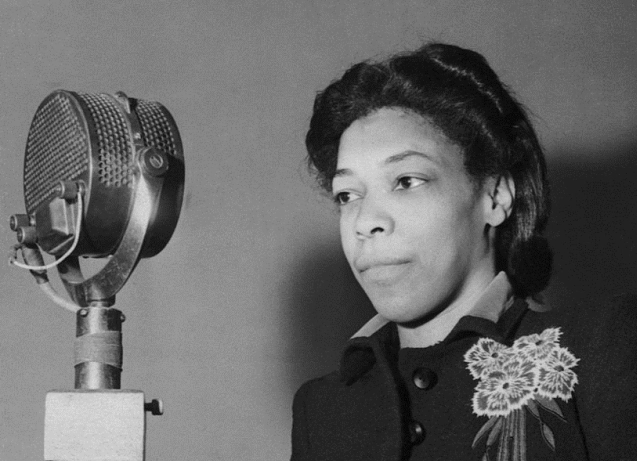
Marson attacked the racist structure behind Western politics, even during time at BBC. She made the influential radio program Caribbean Voices.
This largely inspired Anglophone authors from the West Indies after Una (AAIHS).
Marson later took a job as Emperor Selassie's secretary when he came to London. She campaigned for better treatment of Jamaica's Rastafarian communities, even building a child center (The Feminist Wire).
Jamaican women exceed revolutionary standards. For centuries now, they've been ahead of the times.
TRINIDAD AND TOBAGO
Audrey Jeffers founded the Coterie of Social Workers, a Trinidadian organization with black middle-class women who catalyzed change.
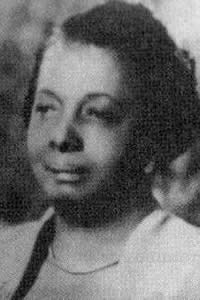
Jeffers' Coterie set up work programs for families, and campaigned for the Divorce Act. Audrey laid out the issues.
Political planning by the Coterie and fellow women's clubs paved the way for Trinidad's success.
Claudia Jones
UNITED STATES
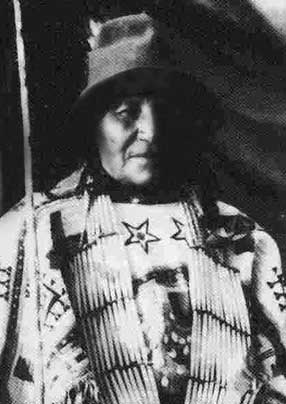
Moving Robe (Tȟašína Máni in Sioux) fought in a well-known battle: Greasy Grass, also known as Little Bighorn.
Custer's 7th Cavalry lost to Tȟašína and Arapaho, Cheyenne plus Lakota forces.
Pretty Nose was on the front lines, a warrior woman from Cheyenne territory.
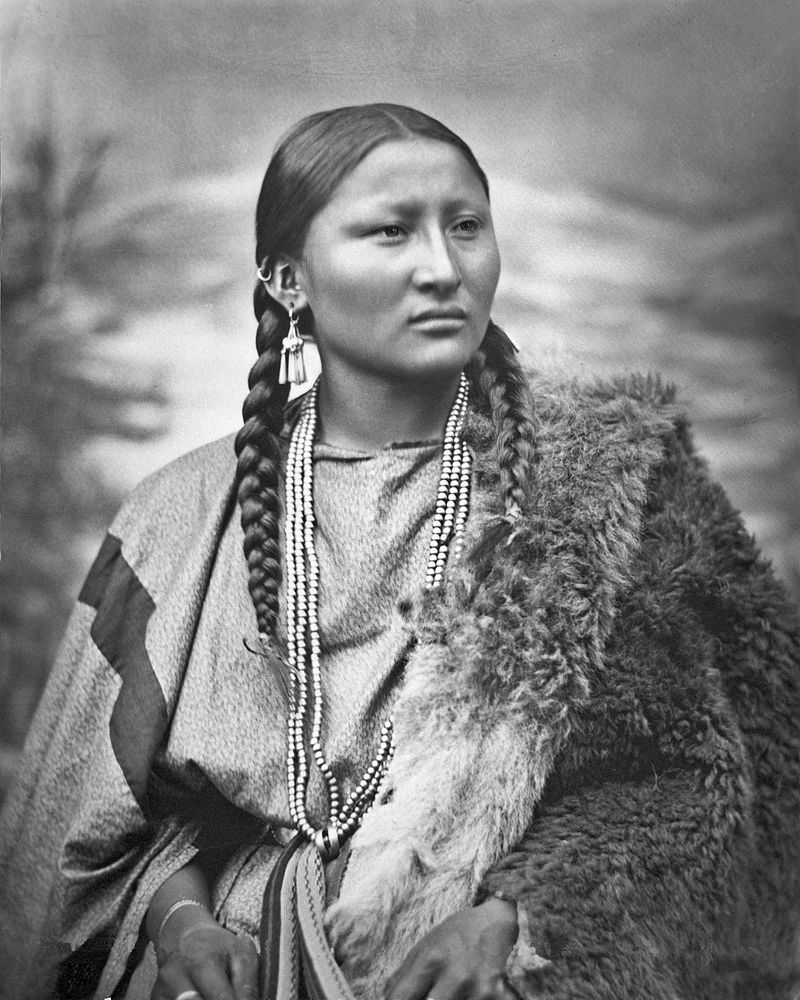
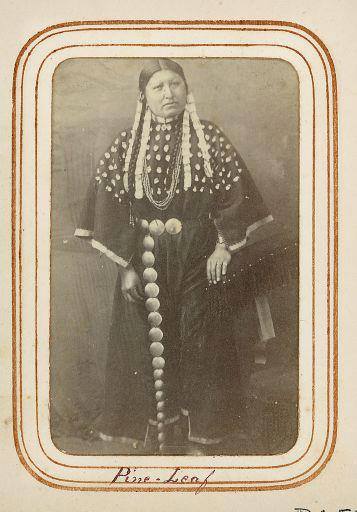
Pine Leaf (Biawacheeitche) was a Crow two-spirit woman chief. She
had four wives at least.
Rosa Parks was an Afro-Indigenous hero with a marked history of social justice. Her NAACP planning bolstered Montgomery's bus boycotts in 1955.
Sojourner Truth is a seminal figure in American history who immortalized the brutality of slavery as a racist institution.
Harriet Tubman risked enslavement to rescue 300 African-American people. And she didn't stop there.
Harriet spied for the Union, provided vital information about the Southern troops' strategies and advocated publicly against slavery nationwide until her death in 1913.
Ida B. Wells wrote for Tennessean newspapers at the 20th century's turn before co-founding NAACP.
VIRGIN ISLANDS
Agnes Salomon, Mary Thomas and Mathilda McBean were the most memorable leaders of St. Croix's 1878 Labor Riots.
Legend continues about the Three Rebel Queens behind the Fireburn.
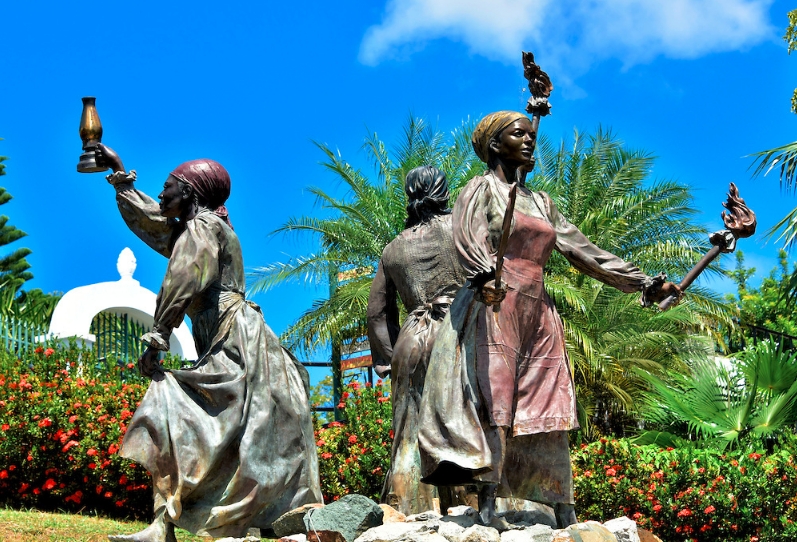
Danish West Indies had terrible labor conditions, even following slavery's abolition. They were still the same.
50 plantations, sugar mills and merchant stores were upset by the Rebel Queens' instigation, especially Mary.
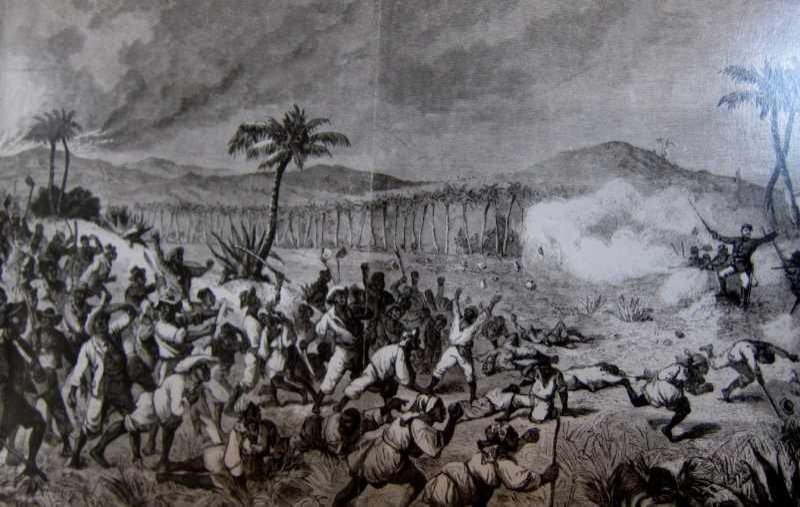
Though all three queens were imprisoned in life-long labor, Danish authorities never beat following waves of resistance.
